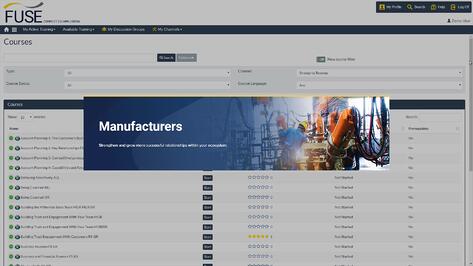Employment is in bad shape due to the current coronavirus outbreak, but that won’t last. Soon enough, the crisis will be over and the economy will gain ground – and there will be a lot of people looking for jobs. Many naysayers claim that industrial automation and digitization will hurt job growth, but statistics show there's little reason to think that’s the case. If anything, this new push for digital Industry 4.0 processes will create new job opportunities around the world, including for people who would not have had these opportunities otherwise.
Digital Transformation and Industrial Automation Will Benefit Job Growth
First, a couple relevant numbers. According to the Bureau of Economic Analysis (BEA), industrial jobs pay substantially above the baseline wage – around 12% above. However, despite this, as of a 2018 Deloitte report, 89% of manufacturers say they cannot find all the workers they need. With the industrial sector employing roughly 8.5% of the entire US workforce this represents literally millions of jobs currently going unfilled.
The demand for workers is there; it’s the supply that’s lacking.
Part of this, of course, is due to how quickly new technologies are coming along. One of the biggest pain points industrial operations mentions, when discussing the possibility of a digital transformation, is the difficulty in finding enough specialists. However, this is a problem that also represents a significant opportunity!
It’s now quite easy for businesses to put together online training and certification courses that allow people anywhere to improve their skill set and become qualified for tech jobs. When these courses are posted on open learning platforms that are easy to access, a business can effectively create a funnel that drives workers to their doors. After all, if a worker receives a free/cheap training course from Company X, aren’t they going to naturally first look towards that company for employment?
This concept can be leveraged anywhere in the world – making it a highly attractive way to expand your operations, and your employment offers, in new areas. For example, big machinery manufacturer Caterpillar has had great success with their Technicians For Africa free online learning program. Having faced difficulty moving into African nations, due to the lack of skilled workers, Caterpillar’s solution was to create those workers.
The local residents get high quality technical training which launches them into a new career, and Caterpillar gets a motivated and grateful workforce – putting them well ahead of other similar players trying to move into the African continent.
Another important trend here is in the use of computer design alongside 3D printing in the development and prototyping process. In this case, new technology is lowering the bar for entry into a demanding field. It is easier than ever for people to design new parts and devices in computer, then send the component straight to a 3D printer for creation. Properly leveraged, and backed by educational programs, this could open the door to many new creatives entering the field who would have been held back previously.

